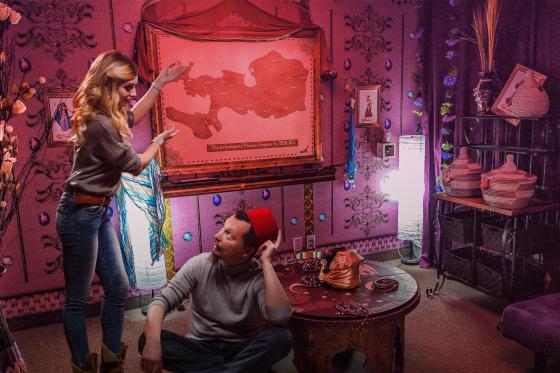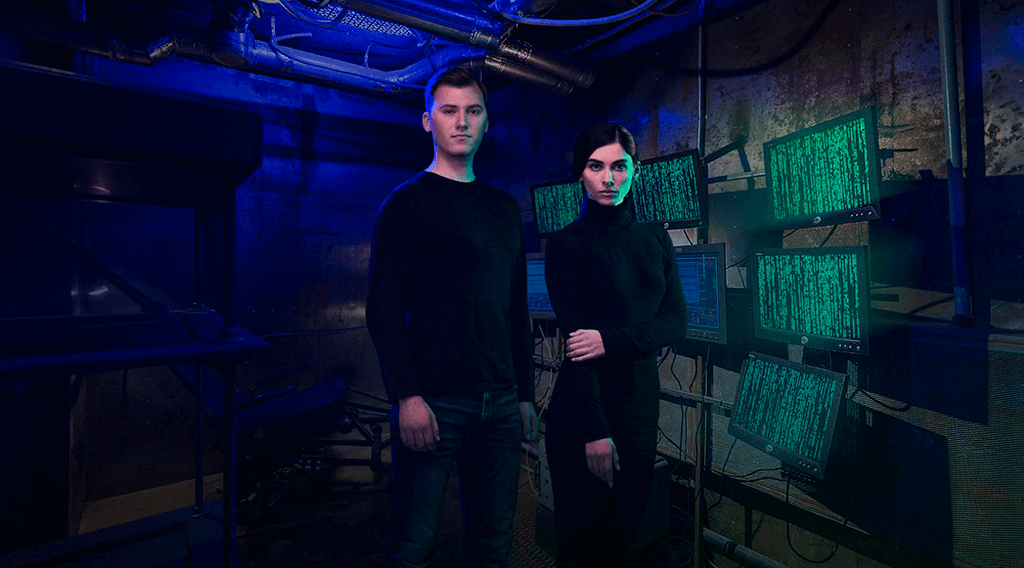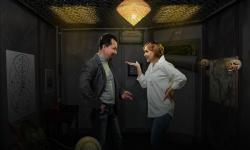The Psychology of Problem Solving: Why Escape Rooms Boost Brainpower

Escape rooms are small laboratories of thought, where tasks, a timer, and a storyline create "clean" conditions for training the brain. Under time pressure we search for patterns, form hypotheses, and test them in practice—switching on core cognitive mechanisms: attention, working memory, cognitive flexibility, and response inhibition. Add the emotional pull of a good story and you get the ideal flow state, where the brain learns faster and decisions emerge more clearly. Escapehour offers engaging escape rooms with well-designed plots so you can build your skills.
How do escape rooms activate thinking mechanisms?
Inside the game, the brain constantly balances between focus and exploration: you have to keep codes in mind, notice tiny details, and at the same time avoid getting stuck. The room sets a safe level of stress that heightens alertness without blocking thought—exactly when we see better decision quality. To see how this works in practice, consider the core processes:
- Focused attention. We filter noise and concentrate on relevant cues—symbols, sequences, hints in the intro.
- Working memory. We temporarily hold codes, object positions, and their links to assemble a single solution.
- Cognitive flexibility. We switch strategies quickly: if "left-to-right" fails, we try a different angle.
- Pattern recognition. We notice repeats, rhythms, and analogies across clues to build the "big picture".
- Response inhibition. We resist the urge to brute-force combinations and choose testable hypotheses instead.
- Metacognition. We ask ourselves: "What do I know for sure? What am I only assuming? What do I lack to take the next step?".

This set of processes works like a coordinated orchestra: each component amplifies the others and reduces cognitive overload. As a result, we move faster from raw information to a structured plan of action—and we feel mental clarity even after leaving the room.
Mini-neuroscience in plain language
When you find a key or crack a cipher in, say, a "Bank Heist" room, dopamine is released—it reinforces the successful strategy and motivates further search. A light nudge of noradrenaline raises alertness, so details stand out more. Together they create an optimal arousal state: not too calm and not too anxious—the "Goldilocks" zone in which the brain learns most effectively.
Real-time brain training
An escape room is a simulator where skills form through action, not theory: try—get feedback—adjust your approach. This loop helps lessons stick, because mistakes are safe and successes are tangible and emotionally charged. Here are vivid examples of how game mechanics translate into real-life cognitive abilities:
- Problem decomposition. Big tasks break into sub-tasks: locate the code source, verify the logic, apply it.
- Hypothesizing and testing. Each assumption gets a rapid check; data revise the model, not the ego.
- Visuospatial reasoning. Working with mechanisms, maps, and layered information trains imagery and mental rotation.
- Communication and shared memory. The team builds a common knowledge field: who saw what, what’s been used, what’s irrelevant.
- Transfer of learning. Behavioural patterns leave the room with you: ask more precisely, record context, think in alternatives.
The advantage of this “trainer" is that you don’t just know good habits—you’ve already lived them with body and emotion. That’s why everyday problems later invite proven algorithms: decompose, voice assumptions, set priorities.

Team psychology of decisions
Situational leadership (the person with the key to the current task leads) lowers tension and the risk of a "dominant-voice effect". Short syncs every 10–15 minutes build a shared mental model, and praising specific actions creates a culture where mistakes are data, not guilt. In such an environment, thinking accelerates naturally.
Try your next game as an experiment: before starting, align communication rules and how you’ll decide on hints; during play, run brief check-ins and log key data; after the finish, take 3 minutes for a debrief (what worked, what interfered, what you’re adding to the toolkit). This simple protocol turns entertainment into an effective cognitive trainer—and you’ll feel how the next problems, outside the game, resolve faster and more clearly. Level up your brain—book an escape room and feel the difference.
FAQ
How do escape rooms affect brain function?
They activate key cognitive processes—attention, working memory, cognitive flexibility, and pattern recognition. A safe level of stress heightens alertness without blocking thinking, creating optimal conditions for learning.
Why is training in an escape room more effective than theoretical learning?
New skills form through action, instant feedback, and approach correction. Mistakes are safe, and successes emotionally reinforce useful strategies, making them easier to use in real life.
How does team interaction enhance the game’s effectiveness?
Situational leadership, short syncs, and specific praise reduce tension and stimulate faster idea exchange. This creates a culture where every participant feels their contribution to the shared result.




